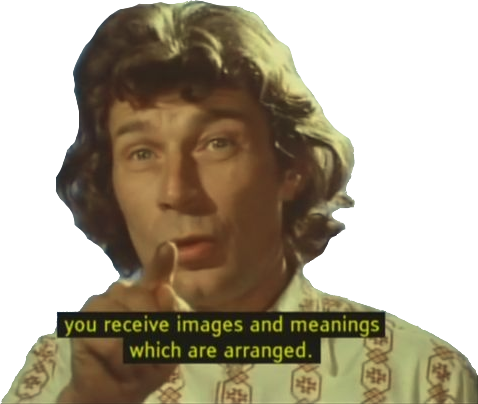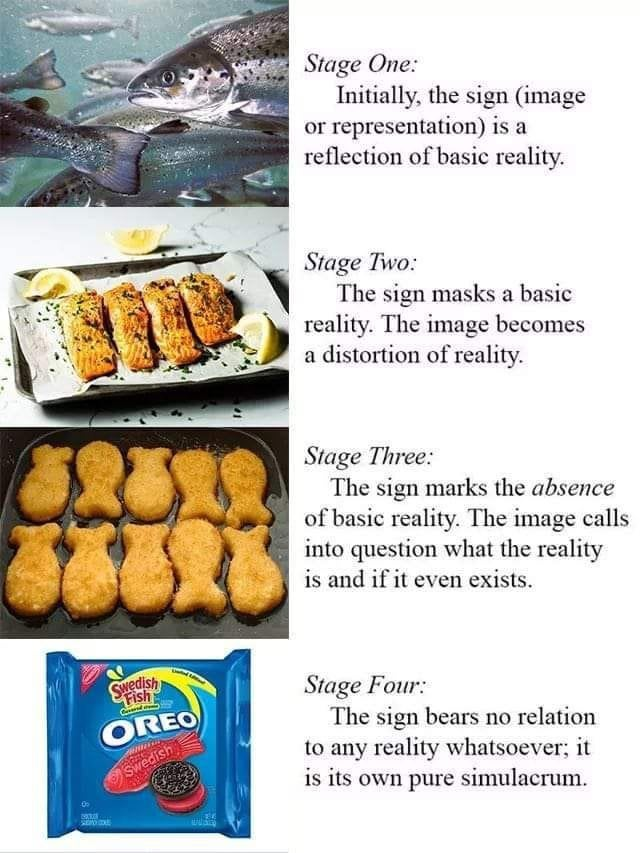

The basic unit of production, where capital meets labour to produce goods and services, is the capitalist firm. And every profit-maximising firm is owned by a private capital.
Capitalists extract profits from firms. They can spend only a fraction of their profits on luxury consumption. Because if the rich spent all their profit on luxuries their capital will rapidly diminish and expire, compared to competing capitals who invest their profit in further profitable activities. Profit income must be reinvested in order to make more profit. This is the prime directive for anyone who possesses a capital sum of money.
Owners of capital — that is capitalists — can’t put all their eggs in one basket. That’s too risky because firms can go under, or assets that store value might depreciate. So capitalists spread their risk by owning a portfolio of investments with different risk profiles.
A typical portfolio will consist of cash held in different sovereign currencies, government, municipal and corporate bonds, shares in different companies, from risky start-ups to blue chips, and all kinds of income-producing assets, such as land and housing. Basically anything that might yield a higher than average return.
Each individual capital must aim to maximise the return over its portfolio. If it fails it will diminish in size relative to other capitals, and eventually cease being a capital at all.
And it’s right here that we again find the causal structure of a feedback control system. An individual capital — when we consider it as a social practice mediated by a privately owned large sum of money — also has its own goal state, sensory inputs, decision making, and ability to act upon the world in which it is embedded.
Let’s take each of these in turn. (i) The goal of an individual capital is to maximise the average return from every dollar (or pound) invested. (ii) The “sensory inputs” are the different profit-rates earned across the portfolio. (iii) The capitalist, or the financial experts they employ, compare the different profit-rates, and (iv) the feedback loop is closed by actions that withdraw capital from poorly performing investments, and inject capital into high performing investments.
This control loop manifests as an insatiable and ceaseless search for high returns.
Capital doesn’t care how its money is actually used in production. It entirely abstracts from all concrete activities. The only thing it can sense, compare and use is abstract value.
So the commanding heights of the global economy consists of an enormous ensemble of individual capitals, each manically scrambling for profit, reacting to the signals of differential returns received from its tendrils that extend to every productive activity under its rule, continually injecting and withdrawing capital to and from different industrial sectors and geographical regions. The entirety of the world’s material resources, including the working time of billions of people, are repeatedly marshalled and re-marshalled away from low and towards high-profit activities. In the space of months, entire industrial sectors may be raised up, relocated, or thrown down.
Capitalists are possessed, mere machine components of capital.
What about the individual people who participate in this social practice? Surely their individual consciousness, their ideas, and their behaviour matter, and make a difference?
To a certain extent they do of course. But individuals come and go, but capitals live much longer than any individual human. The people controlled by the capital — that is the workers that supply labour to firms, and capitalists that exploit them and extract profits — are mere replaceable components in the control loop, mechanically performing prescribed functional roles.
For example, Marx writes in Capital, that:
“to classical economy, the proletarian is but a machine for the production of surplus-value; on the other hand, the capitalist is in its eyes only a machine for the conversion of this surplus-value into additional capital.”
We often say that a capitalist possesses capital. But it is more accurate to say that capital possesses them. Capitalists are the human face of an inhuman intelligence with its own logic and its own goals.
“In bourgeois society capital is independent and has individuality, while the living person is dependent and has no individuality” (Communist Manifesto).
Bigger capitals enjoy the advantage of larger portfolios, which spreads risk. In consequence, capital tends to concentrate in a few hands. So we find a large number of small capitals, and a very small number of astronomically large capitals, which earn profits that dwarf the GDP of many nation states. The scale and power of some capitals is truly titanic.
And these titans are so much in control, that they are out of control. Again, a quote from the Communist Manifesto:
“Modern bourgeois society, with its relations of production, of exchange and of property, a society that has conjured up such gigantic means of production and of exchange, is like the sorcerer who is no longer able to control the powers of the nether world whom he has called up by his spells.”
Every day millions of workers, around the globe, have no choice but to sacrifice their time, and their vitality, to produce new profit for the autonomous controllers. No matter how hard, long or efficiently we work, the imperative to work remains.
Why? Because every labour-saving technical innovation takes the form of profit, which is then captured by individual capitals, and immediately re-injected into the material world to animate new activities for further profit. This is why, despite huge advances in automation, the working day remains as long as ever.
Take another example: the logic of capital demands maximum profit extraction from firms, and that means minimising wages. Those possessed by capital live an exalted existence. But the world’s dispossessed must feed, clothe and maintain a home with an average income of about 7 pounds a day.
Another example: it’s better to be exploited than not exploited. We are subject to the whims of the business cycle and periodic crises of accumulation. Recessions regularly throw large numbers of people out of work, through no fault of their own. Suddenly bills can’t be paid. Families are thrown onto the street, as happened in the US during the 2008 mortgage crisis, and is happening again now.
Why? Because individual capitals are almost blind. They see only differential returns across their portfolios. And returns may be good even if unemployment is high, or human misery spills onto the streets. Capital does not care.
Another example: capital deals in abstract value, and things that are not owned, which aren’t bought and sold, therefore have no value to it at all. So the material wealth of nature — the land, the oceans, and the atmosphere — is relentlessly plundered without any regard for the consequences.
Capital destroys us, and the environment. The endless production and profit-making cannot stop, because each individual capital must compete to survive. Marx summarised the prime directive of capital as:
“Accumulate, accumulate! … reconvert the greatest possible portion of surplus-value … into capital! Accumulation for accumulation’s sake, production for production’s sake: by this formula classical economy expressed the historical mission of the bourgeoisie”.
So all the autonomous control loops have the single-minded goal of extracting profit from the world’s activities. If an activity fails to satisfy this goal, then the controller withdraws its capital, and the activity stops.
So at the apex of the economy we have a competing collection of identical controllers — with an atavistic, low level of demonic intelligence — which inject and withdraw a social substance that appears to possess the magical power of animation, of bringing things alive, of creation; but also appears to possess the power of annihilation, of suffocation, of bringing things to an end, of destruction.
We are definitely not in control. And something else definitely is in control.
So what are we really talking about now?
We’re saying that a new kind of supra-individual control system emerged, quite spontaneously, from our own social intercourse, and then — in a very real sense — has taken on a life of its own, turned around, and started controlling us.
Capital in a scientific, not a metaphorical sense, is a control system. And it is capital, as a control system, that ultimately creates and maintains the abstraction we call exchange-value. Capital is the abstractor.
more here: https://ianwrightsite.wordpress.com/2020/09/03/marx-on-capital-as-a-real-god-2/


Here’s an interview with the author of the blog, Ian Wright.
https://piped.video/watch?v=gjIXcp0_gw4
https://www.youtube.com/watch?v=gjIXcp0_gw4
I just pulled together a few relevant parts of his writings to answer the question asked, but the full works are very informative.